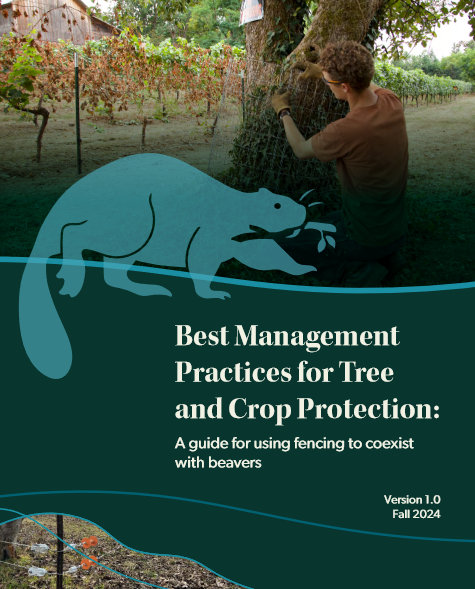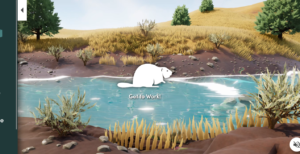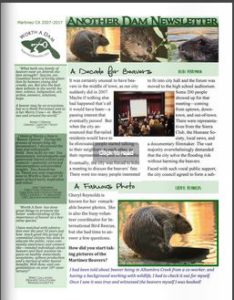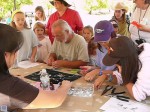 The smith canal takes water from the San Joaquin river in to the interior of Stockton to feed Yosemite lake just south of the University of the Pacific. It was originally created as a passage way for barge ships carrying or picking up agriculture to and from the region. It is now lined with homes and docks for pleasure boats. American legion park houses the old barge turn around point which is now called a ‘lake’ and lined with trees for recreation.
The smith canal takes water from the San Joaquin river in to the interior of Stockton to feed Yosemite lake just south of the University of the Pacific. It was originally created as a passage way for barge ships carrying or picking up agriculture to and from the region. It is now lined with homes and docks for pleasure boats. American legion park houses the old barge turn around point which is now called a ‘lake’ and lined with trees for recreation.
Gee, I wonder if anyone we know is enjoying those trees.
Fitzgerald: A modest proposal for smith canal
Beaver or beavers unknown are gnawing down trees around the lake in American Legion Park.
Mark Farnsworth, who with wife Liz spotted unmistakable beaver chew marks while walking their dog, said he believes the beavers are not building a dam but a lodge.

“These guys don’t have a stream to block,” opined Farnsworth. “They’ll build a den down lower.”
Beavers build DIY dams on streams to surround their mud-and-wood lodges with a pond as protection from predators. They also eat underbark. The North American Beaver used to be so prevalent around Stockton that city founder Charles Weber nicknamed Stockton “Castoria,” after the beaver’s Latin name, Castor Canadensis.
“We’re unaware of that issue happening,” stated Offi
cer Joseph Silva, spokesman for the Stockton Police Department, which includes the Animal Services Division.
Silva added, “Our Animal Control officers are only equipped to deal with domesticated animals.”
As fate would have it, there’s a long-running controversy over a flood control gate proposed for nearby Smith Canal, which feeds the lake. Perhaps, instead of spending millions, flood control officials should just step back let nature tak e its course.
e its course.
Hmm. Isn’t that a very interesting column? Mr. Fitzgerald thank you! Although being in Stockton which depends so dearly on its levees, the odds of these or any beaver being allowed to do their work is zero percent. If once upon a time the area was so full of beavers it was nearly called “Castoria”, that is because it was so full of marshy water and reeds there was little space to build anything at all. The creation of levees divided up the town into actual land and actual water, and the area guards those levees with its very life – for a good reason. Their great worry is that a beaver or muskrat wikl burrow into a bank, weaken the levee and send the whole place underwater. They spend considerable time and money every year trapping out whatever threats they can find.
Which is why I like this article so much. If there’s one thing folks from Stockton hate more than beavers, its wasting their hard-earned money. Telling them they could save some by letting these beavers live will likely lead to some interesting head-scratching.
Last night was an awesome beaver advocacy battery recharge. The raviolis were delicious, the company was lively, and the wine was free-flowing. To start the evening everyone took a little field-trip to Susana Park to see the site of the new festival next year. There was much delight to imagine where tents and trailers could go and how the park would look with a giant chalk beaver pond in the middle.
There are a precious few things that make you feel like the beaver decade is starting out on the right foot – er paw. But this was definitely one of them.




 New research featured in Ecology Letters showcases how streams can be used as sensors to diagnose a watershed’s sensitivity or resiliency to changes in land use practices, including the long-term use of fertilizers. Using streams as sensors – specifically, near the headwaters – can allow scientists, land-use managers and farmers to diagnose which watersheds can be more sustainably developed for food production, said Jay Zarnetske, MSU earth and environmental scientist and co-author of the study.
New research featured in Ecology Letters showcases how streams can be used as sensors to diagnose a watershed’s sensitivity or resiliency to changes in land use practices, including the long-term use of fertilizers. Using streams as sensors – specifically, near the headwaters – can allow scientists, land-use managers and farmers to diagnose which watersheds can be more sustainably developed for food production, said Jay Zarnetske, MSU earth and environmental scientist and co-author of the study. Beavers create nitrogen sinks
Beavers create nitrogen sinks Beavers bring environmental benefits
Beavers bring environmental benefits
 Chris McFarling, a cabinet member of Forest of Dean district council, said: “Beavers are the most natural water engineers we could ask for. They’re inexpensive, environmentally friendly and contribute to sustainable water and flood management.
Chris McFarling, a cabinet member of Forest of Dean district council, said: “Beavers are the most natural water engineers we could ask for. They’re inexpensive, environmentally friendly and contribute to sustainable water and flood management. The beaver has long been thought to be non-native to the Sierra, but new evidence proves otherwise. As winter approaches, we will be working right alongside this “native” resident as it too gets ready for the cold, hard season.
The beaver has long been thought to be non-native to the Sierra, but new evidence proves otherwise. As winter approaches, we will be working right alongside this “native” resident as it too gets ready for the cold, hard season. ow that’s what I call a good beaver news day! Sunday Times, Yahoo, Huffington Post and Politico. All with headlines about how beavers help the environment. I’m pretty ambitious, and am reminded of a very old joke that went something like this
ow that’s what I call a good beaver news day! Sunday Times, Yahoo, Huffington Post and Politico. All with headlines about how beavers help the environment. I’m pretty ambitious, and am reminded of a very old joke that went something like this
 roversial, Brace’s legal team wanted to be able to admit into evidence the pre-Jan. 14, 2005 federal court testimony provided by EPA’s star witness, Jeffrey Lapp. It directly related to the design, development and implementation of the 1996 consent decree. The government disagreed, contending the information Brace wanted was “not relevant.”
roversial, Brace’s legal team wanted to be able to admit into evidence the pre-Jan. 14, 2005 federal court testimony provided by EPA’s star witness, Jeffrey Lapp. It directly related to the design, development and implementation of the 1996 consent decree. The government disagreed, contending the information Brace wanted was “not relevant.”



































